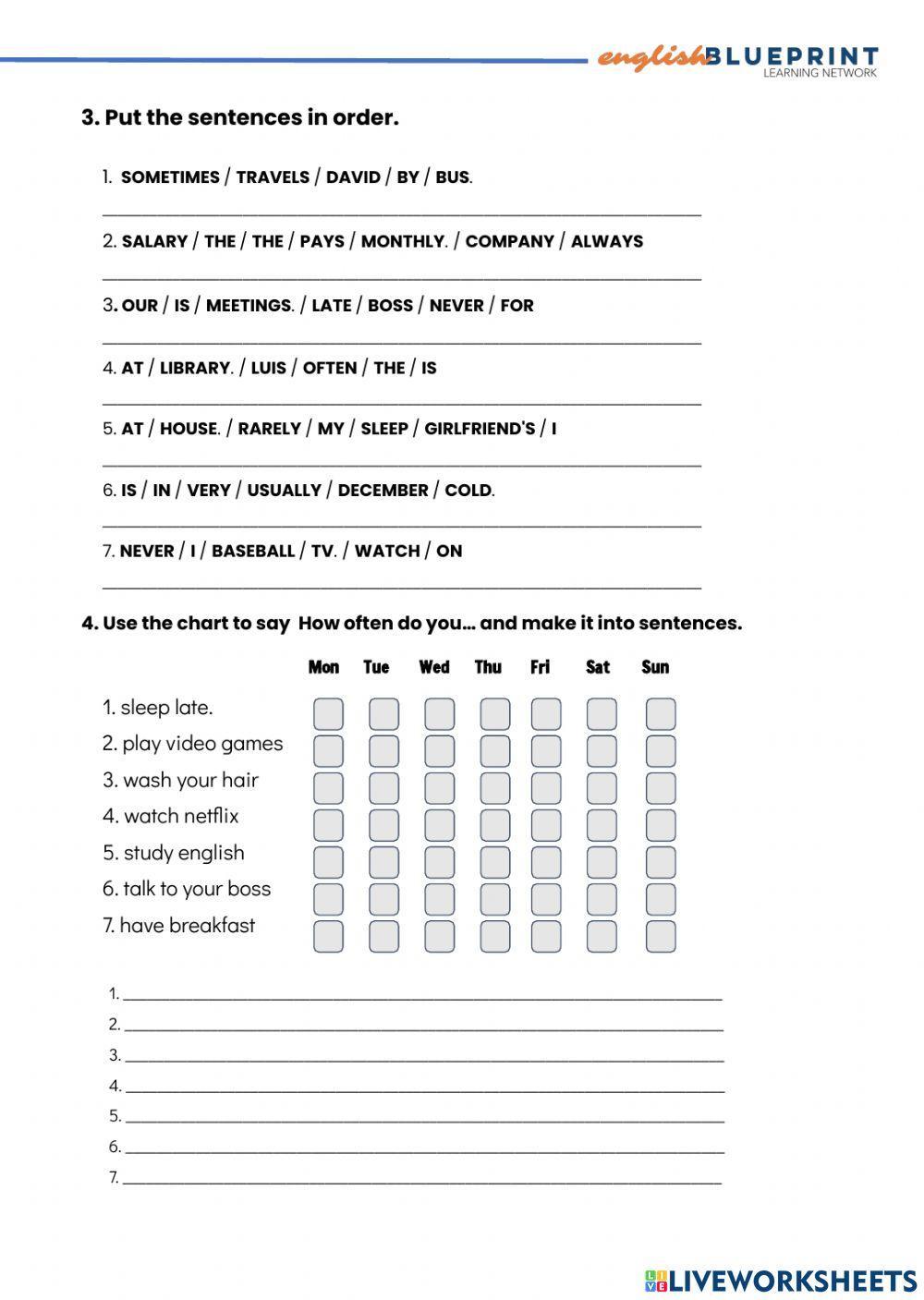Loading ad...
Age: 8+
Level: Basic
Language: English
(en)
ID: 1271457
16/08/2021
Country code: US
Country: United States
Main content: Adverbs of frequency (2013121)
Adverbs of frequency, time expression
Other contents: Adverbs of frequency, time expression
Share / Print Worksheet

